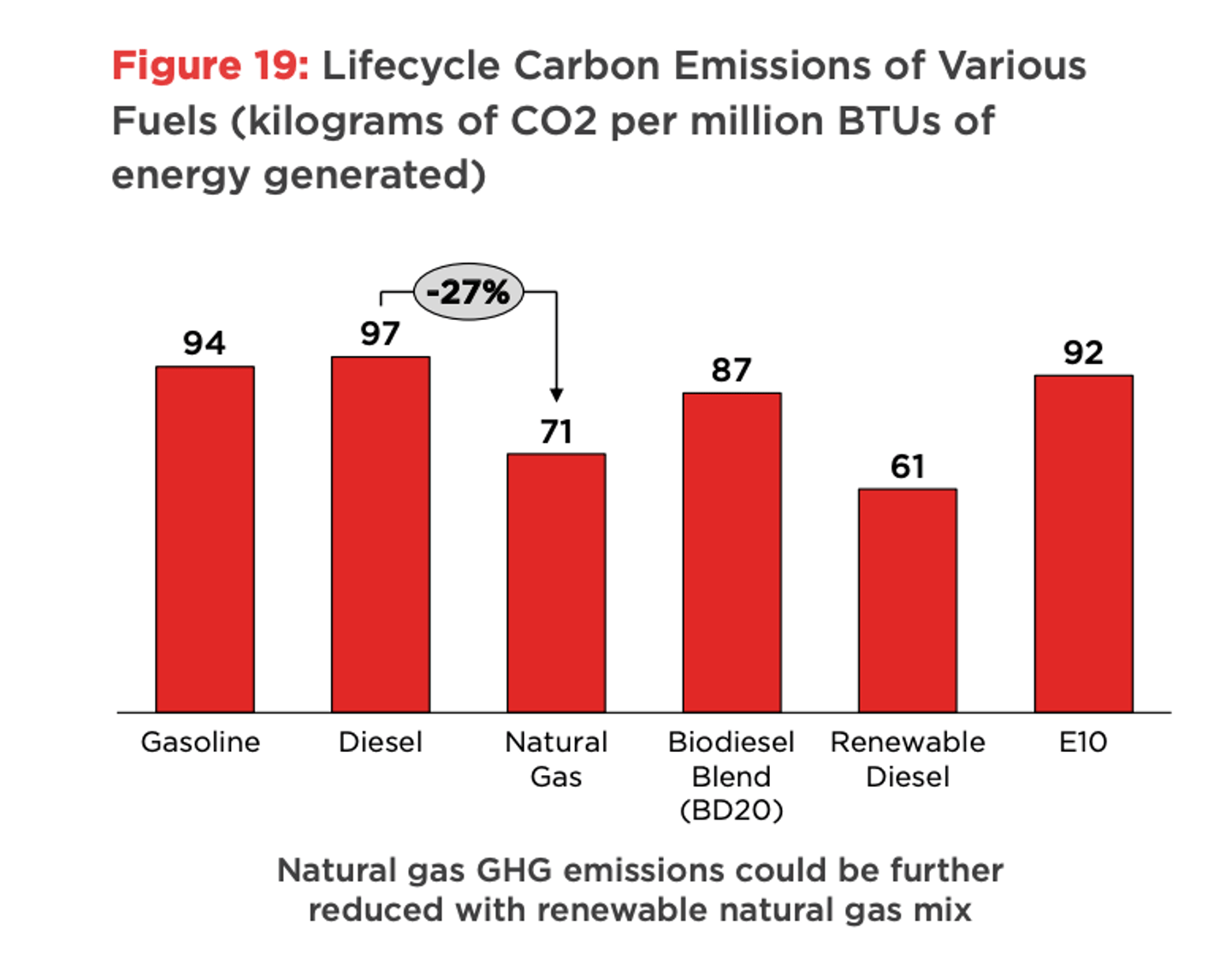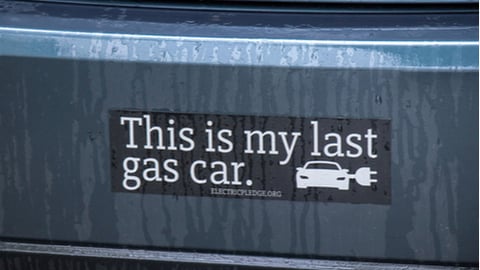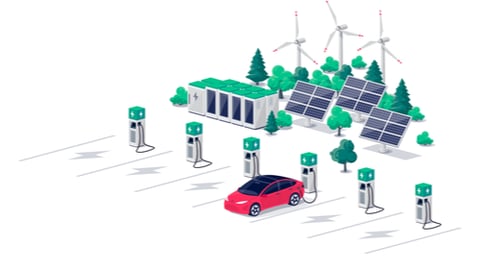Transport industry should embrace multiple pathways to reach net-zero 2050: CTA
As Canada moves closer to net-zero 2050, what policies, solutions and alternative means of fueling our vehicles will help us reduce carbon and meet the government’s goals? Are there ways to prioritize clean transportation options to achieve net zero by 2050 and meet regulatory targets along the way? These are the questions the Canadian Transportation Alliance (CTA) set out to answer in “Embracing Canada’s Low-Carbon On-Road Transportation Opportunity”.
The CTA commissioned Ricardo Strategic Consulting for the study, which examined Canada’s transportation market and proposed pathways that the government and business leaders can implement to make low-carbon road transportation a reality.
The CTA presented insights in a webinar hosted by its executive director, Michelle Coates Mather and board member, John Eichberger, executive director of the Fuels Institute.
“Transportation accounts for 25% of Canada’s 730 megatonnes of greenhouse gas emissions (GHG) annually,” said Eichberger. “Light-duty vehicles contribute 57% of those emissions, while medium- and heavy-duty vehicles contribute 34%.”
The study considered multiple paths that could help reduce the transportation industry’s emissions, including low-carbon technologies like alternate fuels, biofuels, electrification and hydrogen.
“I’m very bullish on hydrogen,” added Eichberger. “There’s a major opportunity especially in medium- and heavy-duty vehicles in Canada. There is a major opportunity to ramp up production here, which will reduce the carbon intensity overtime.”
Electric vehicles and hydrogen represent long-term opportunities to reduce emissions in light-duty vehicles (like passenger cars), but biofuels are immediate and near-term.
“Layering and combining multiple alternatives with 5%, 10% reduction each can help get us to zero carbon emissions by 2050,” added Eichberger.
Here are some of the other key takeaways from the study:
- There is an immediate opportunity to lower the carbon intensity of on-road transportation through alternate fuels.
- Increasing the blend rate of renewable content in gasoline and diesel will translate to carbon savings, which can be achieved in the near-term.
- Demand for hydrogen is projected to grow five times by 2050 and Canada is positioned to meet that demand.
- EVs represent less than 6% of light-duty passenger sales in Canada, but could reach 10 to 12% of vehicles in operation by 2030.
- Canada is well positioned to meet demand for electric vehicles through government policies that continue to favour the electrification of vehicles.
- Western-Canadian fossil fuel-rich provinces are well suited to produce blue hydrogen.
The CTA was founded by companies and associations in the Canadian vehicle and transportation industry. It aims to give objective, fact-based, third-party research to help educate government bodies, consumers and businesses on pathways to achieve a low-carbon transportation future. The CTA’s members include Parkland, McDougall Energy, MacEwen and Greenergy.
The CTA’s research findings are available online at the alliance’s website: https://www.ctalliance.ca/. And executive summary is available here: https://www.ctalliance.ca/wp-content/uploads/2023/02/CTA-EN-FINAL_Embracing-low_carbon_transportation.pdf.






